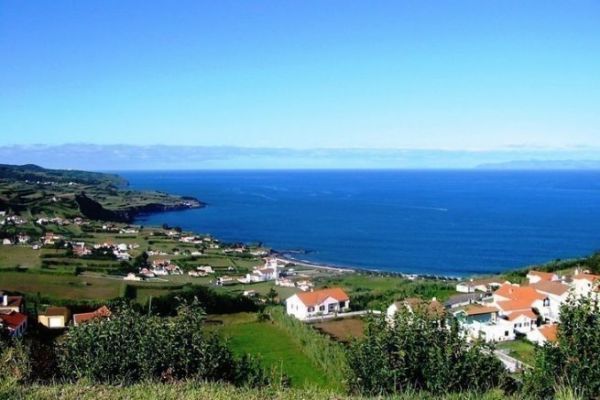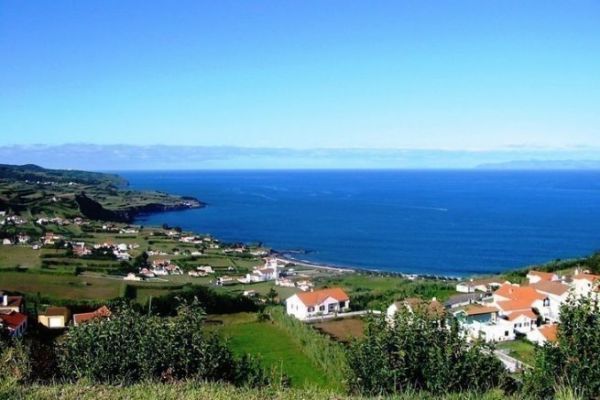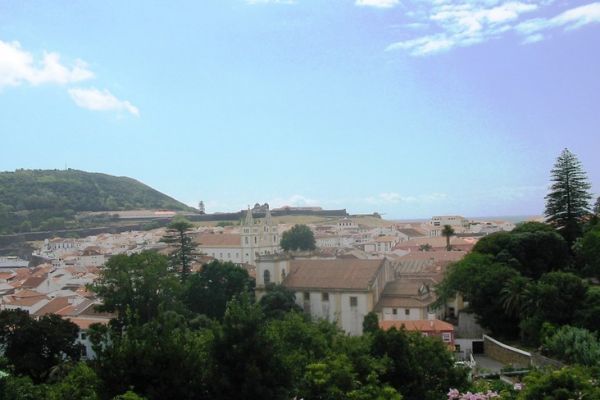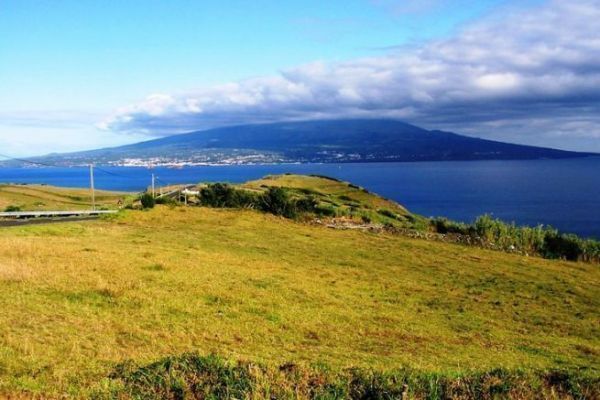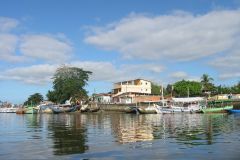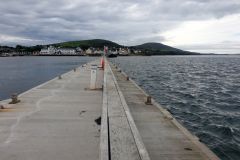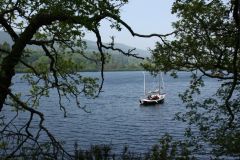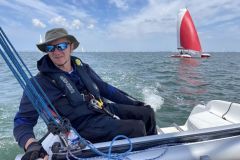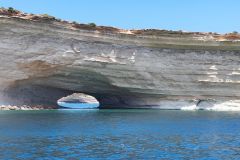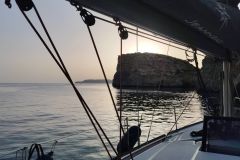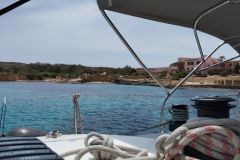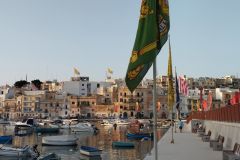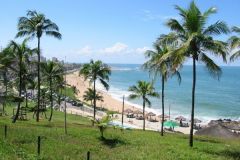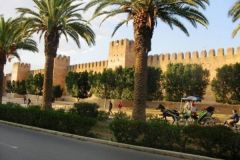The Azores are home to 9 islands, all equally attractive for sailors. Focus on the eastern group, with the islands of Sao Miguel and Santa Maria.
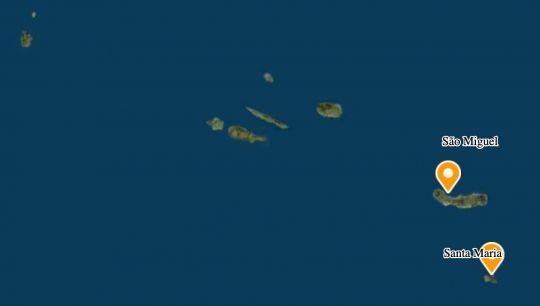
Santa Maria, land of farmers, wine growers and fishermen
The population of Santa Maria, 5600 inhabitants strong, shares 97 km2. The main port, Vila do Porto, is well sheltered from the prevailing winds, and the swell no longer enters it since the construction of a solid pier. However, access can be tricky in cool breezes or heavy swells
Numerous a√ßoriens, emigrated in North America. These "‚eurosLuso-Americans" constitute, at present, the main part of the tourists who find here a solid remedy to their nostalgic longings. For those who have remained, the activity is concentrated on agriculture, wine growing and fishing.
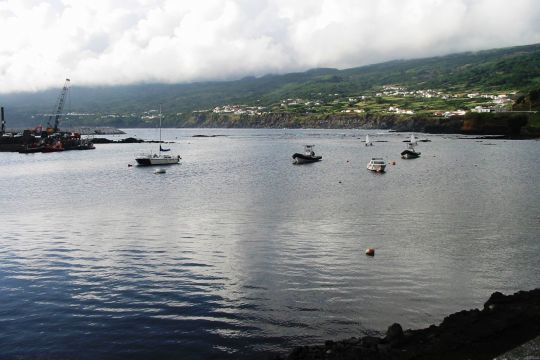
Tuna fishing, at the heart of our heritage
It is on Sunday that the fishermen go out of the harbor to catch with nets the sardines that will serve as bait for the week. While waiting for the feast, they are kindly housed in large tanks on board the fishing boats.
Six to eight sailors go to sea every day in their open boat. They go to the Formigas Islands, a simple rocky plateau that rises only a few meters below the level of the waves. There they return some of the live sardines to their element.
Tuna and bonito, attracted by this unexpected feast, rush around their boat. Waving frantically in all directions, they throw themselves on their prey. The fishermen keep the predators excited with water jets. Fed by a powerful pump, sumptuous plumes gush out of a pipe surrounding the liston. Deceived by the silvery shine of the water, the tuna are easily caught by throwing themselves greedily on the lines, boetted by fresh sardines. Thus, in only a few hours, the sailors bring back to land their four to five tons of fish.
Ponta Delgada, capital of Sao Miguel and the Azores
The 55-mile sail from Sao Miguel to Santa Maria is an opportunity to meet dolphins, turtles and flying fish‚?¶ In August, the water is only 22 degrees, but still gives a taste of the tropics.
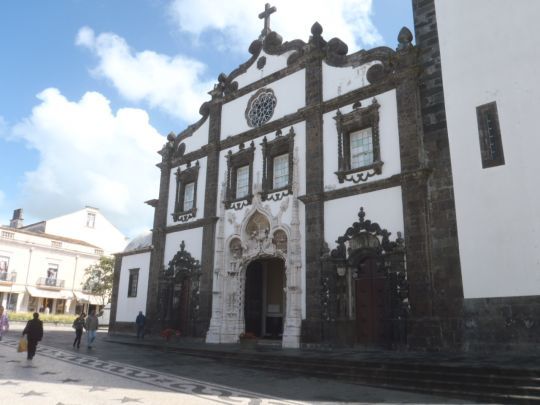
Larger than its neighbor, Sao Miguel is home to about 130,000 inhabitants on its 745 km2. The crowded quays of Ponta Delgada sometimes welcome passing ships, up to 5 to a couple. The opportunity for beautiful meetings. And this beautiful city, capital of the Portuguese region of the Azores, is full of places to visit: gardens, museums, religious buildings‚?¶
Beautiful natural landscapes
In the interior of Sao Miguel, beautiful lakes were formed in the cooled craters. The local volcanism is manifested by the presence of hot springs. The calderas, boiling muds with a strong smell of sulfur, offer an unusual spectacle.
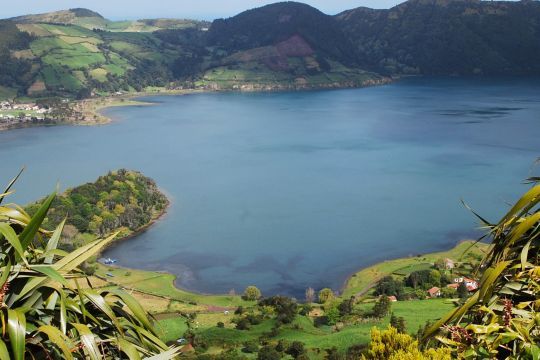
Comic book fans will recognize the landscapes that inspired Edgar P. Jacobs' Blake and Mortimer's Riddle of Atlantis.
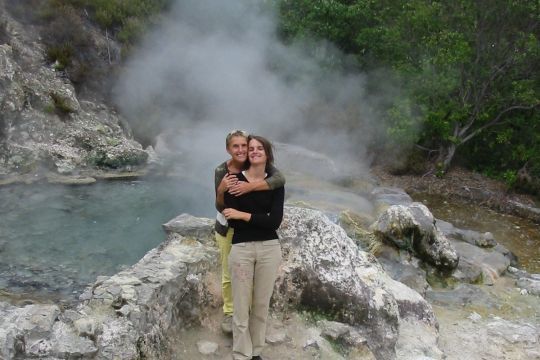
Pastures and hydrangea hedges are legion throughout the island. The Azores are also the first region in Portugal for the production of strawberries! Sao Miguel also produces European tea, thanks to its hillside climate, which is well suited to tea growing.
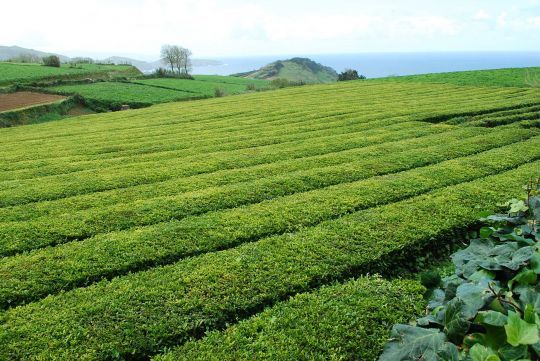
Covered with lush vegetation, the slopes offer stunning views of the cliffs that fall steeply into the sea.
Whales also frequent the archipelago
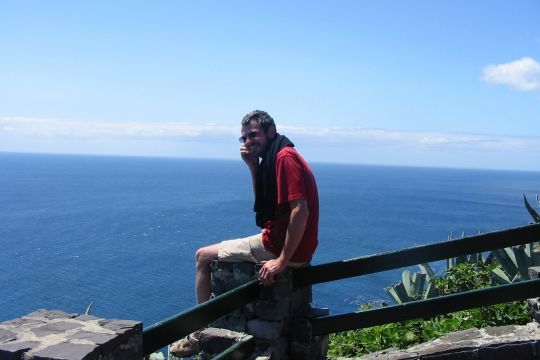
Spotters, installed on high viewpoints, scan the sea with their binoculars. As soon as cetaceans appear in their field of vision, they alert the captains of the boats dedicated to whale-watching. The Azores are indeed one of the most famous sites to admire whales.
